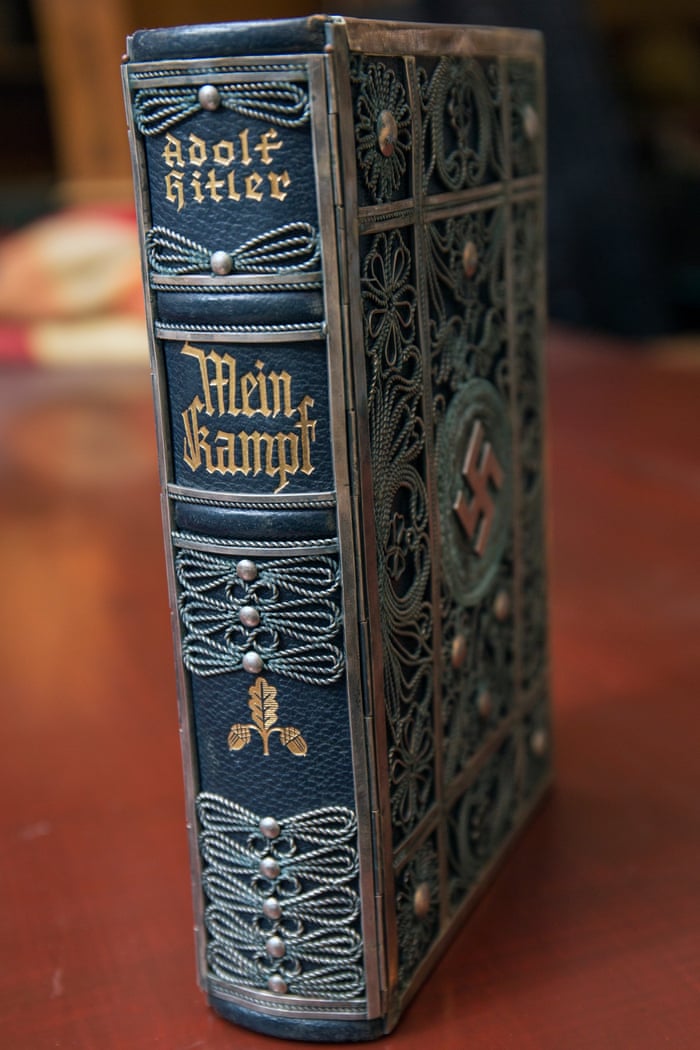
Two weeks or so after Normandy, he and the team of motorheads crossed the English channel after endless weeks in Great Britain, a couple dozen guys chosen for their mechanical aptitude, I guess, and determined to use every last wrench in the set behind Allied lines. I'm not sure they even carried rifles. None of them ever fired a shot.
For the next year and more, they serviced bullet-ridden tanks, half-tracks, jeeps and trucks hauled back from the front, grease monkeys in fatigues, a gang of men my father-in-law can recall as easily faces and names from his school days. It's hard to imagine him crossing in France and the Netherlands and Germany, a man who otherwise spent his whole life tending an Old McDonald's farm in northwest Iowa. But there there they were, setting up one mobile shop on the run after another as the GIs just up front rolled along on those machines and caught all that fire on a slow march to Berlin.
I drove him past an old tank on the lawn of a small-town armory last week, thought that relic might prompt some memories; but he seemed unimpressed, maybe because he'd seen so many of them once upon a time that getting up close to this thing was like passing just another Ford F-150 on a gravel road. He's 96 years old. All of that war stuff is maybe just too far behind him, but I don't think so.
Made me wonder though. Why would anyone want a tank on their lawn--or a Howitzer in their town park? I suppose it's because somehow we all want not to forget. The rub comes in how we choose to remember.
An incredible story in the Guardian last week, "The Man Who Sleeps in Hitler's Bed," showcased a Brit millionaire named Kevin Wheatcroft, a collector obsessed with Nazi memorabilia. That short description comes nowhere near to covering the extent of what he does and what he has--dozens and dozens of tanks, Nazi and Allied; cars--those long black touring cars that after all these years still feel like evil itself; rifles galore, no end to the armaments. He's got Hitler's walking stick, collector's editions of Mein Kampf, a near eternity of swastika-ed junk, an library shelf full of Hitler's busts, der Fuhrer's drawings, his letters to Eva Braun, even some sketches of her plumb naked. It's just plain nuts.
Tucked away safely in our bank box is what I always thought of as a Nazi arm band. It's real. It's authentic, and it's mine. I'm just not sure it's an armband.
How exactly I got it, I don't know, although it belonged to my father and he gave it to me. He was in the South Pacific during World War II, never got anywhere near a European harbor. Something in me says he got it from a brother or sister--I don't know. I honestly don't know.
But it's locked up in a bank vault.
I'm sitting in a downstairs room that's greatly festooned with "stuff," as my wife likes to call it, so full of old things that this big room could be a museum. Someday my children will sift through all this "stuff," shaking their heads at their old man's lunacy.
On a wall upstairs hangs a sumarai sword, booty from my father's years in the South Pacific. There it hangs with my grandfather's high school diploma--1897, Parkersburg High School; and a great old picture of my Dirkse ancestors, circa 1870. If I could live in a museum, I probably would, but that would be the end of our marriage.
Still, oddly enough, that Nazi armband stays in the bank vault. I wouldn't frame it and put it on display. I couldn't really hang it on my wall or stand it on the desk. I'm happy to have it--you can't buy it and neither could Wheatcroft, the wild man collector in the Guardian story. But neither can I imagine that thing sitting here on the shelf beside an old leather briefcase or the buffalo skull behind me. That swastika will stay in the vault.
December 7 is, as Roosevelt said, a day that will live in infamy. I know men and women whose memories of Japanese prison camps are as harrowing as the many I've read of survivors of Auschwitz or Buchenwald. The Japanese were not honorable enemies; they were wretched, inhuman. The Bataan Death March will live on as unimaginable horror.
But that samarai hangs upstairs in the library, an artifact, a gracefully forged piece of steel that adds to the room's decor, while that swastika is folded up and locked in a bank box twenty miles away. I'm not sure I understand that myself.
You can view at least some of Mr. Wheatcroft's vast collection on-line here, if you'd like. I did. The article claims he says it's time for him to open that collection up to the world. Here he is, after all, very much alone with buildings full of Nazi artifacts, literally tons of them, that no one really sees, actual statues--several--of Adolph Hitler. It's time he opens things up.
Want to visit a huge Nazi museum?
Good luck with that.
No comments:
Post a Comment